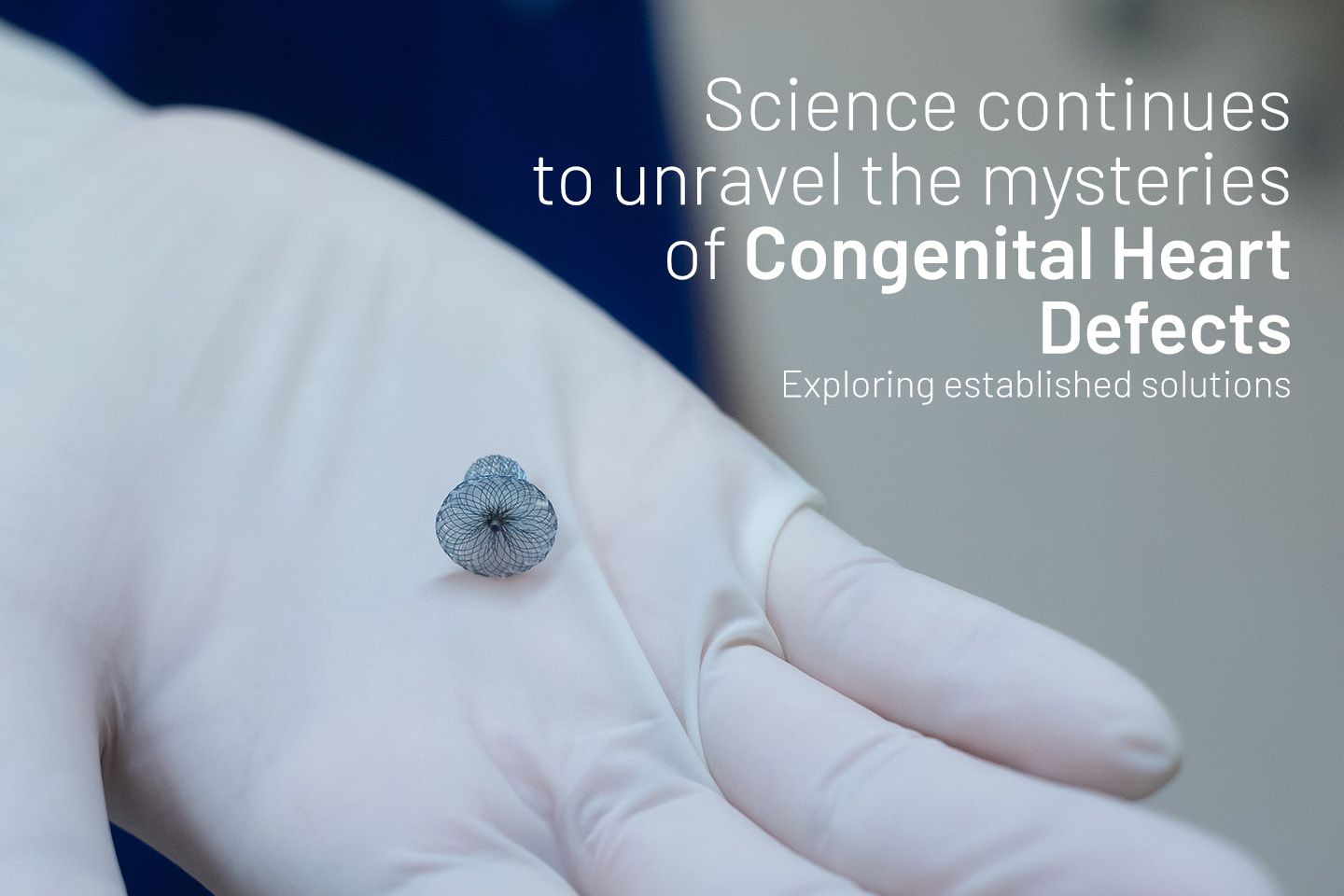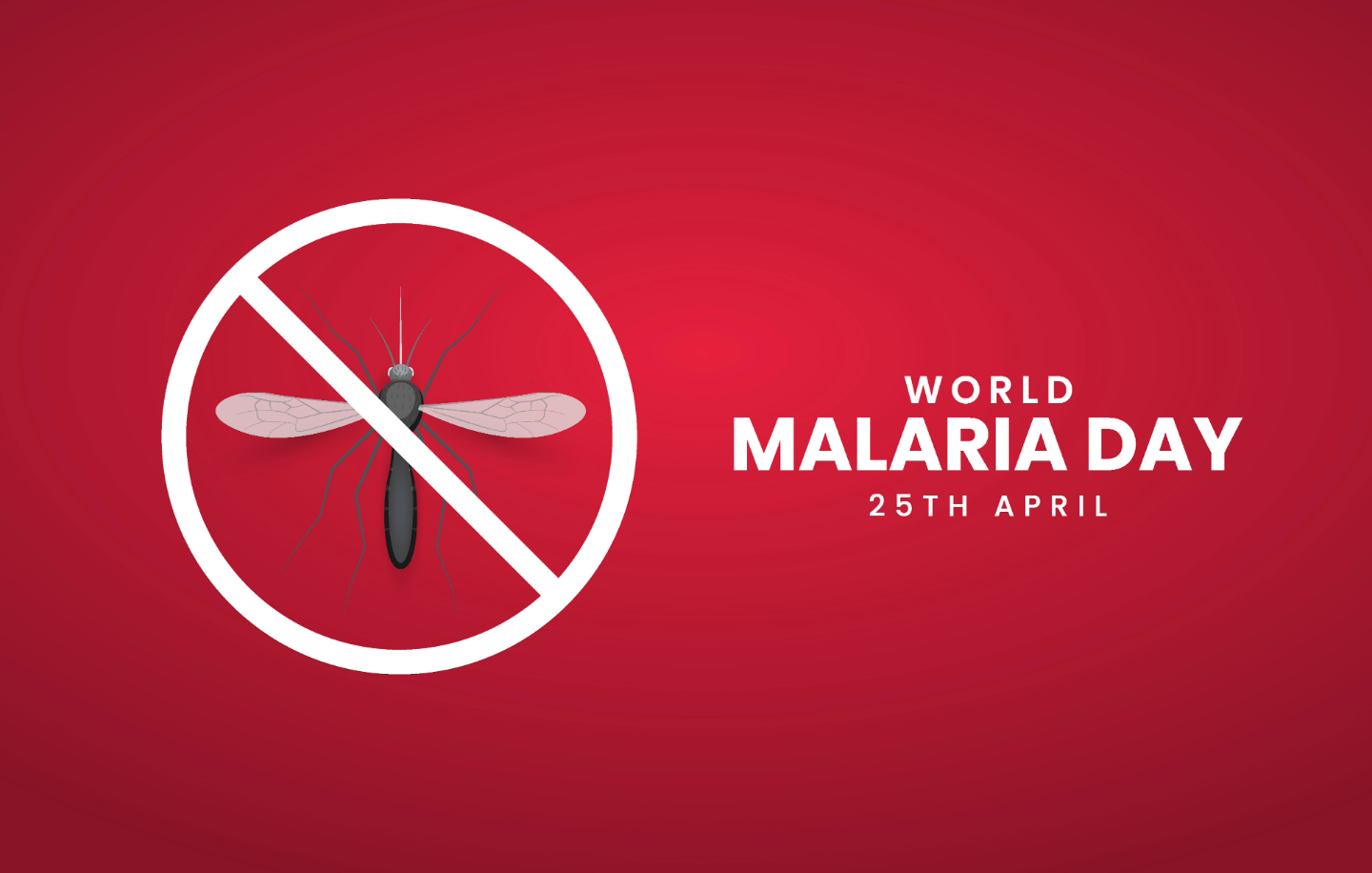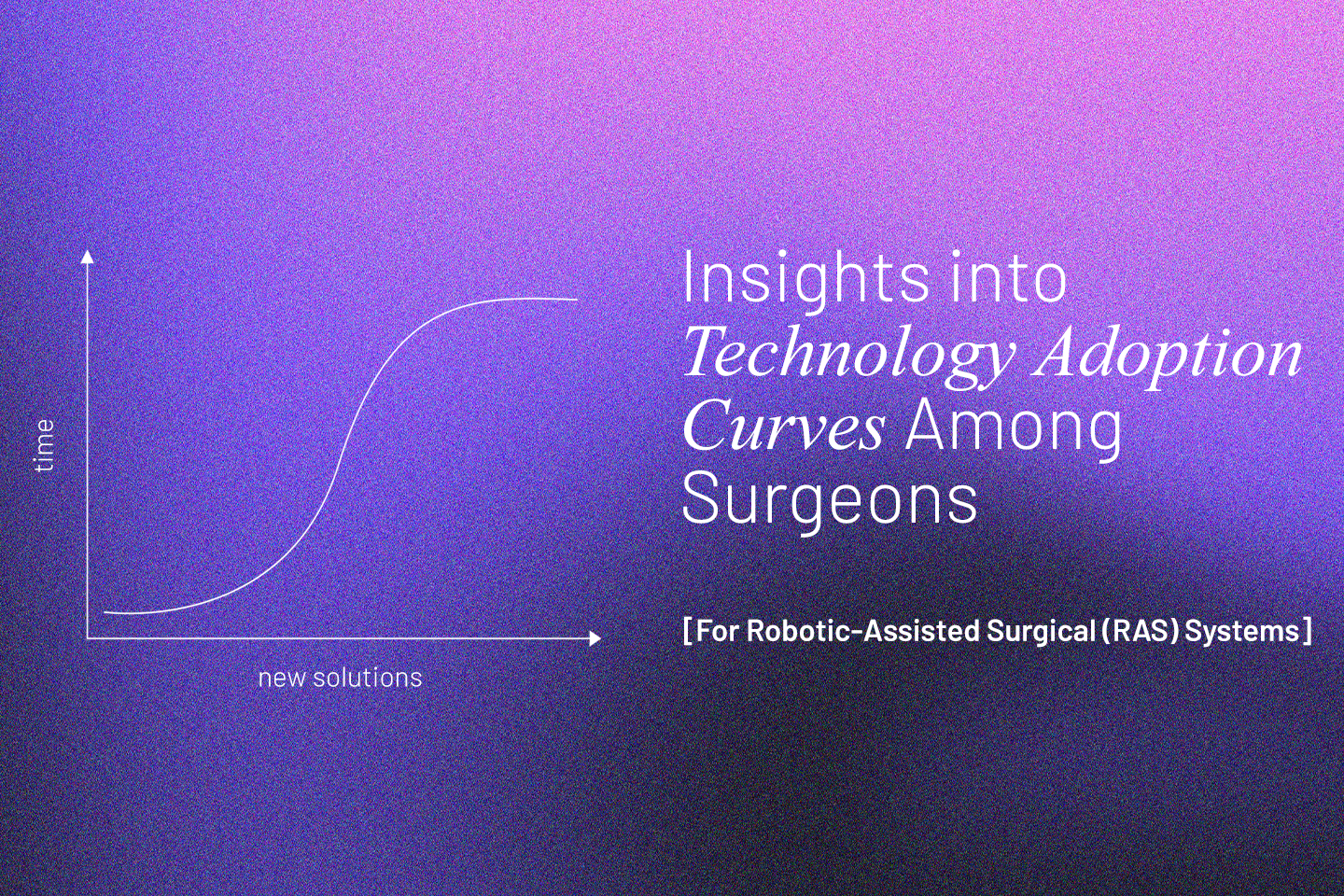Delivering Advanced Healthcare Solutions Through Research And Innovation To Improve The Quality Of Human Life
In The News
G20 India 2023 – Meril Life Sciences Shaping the Future with Technology Innovation and R&D
November 04, 2023

Discover how Meril is making significant contributions to technology innovation and research & development (R&D). Learn about our impactful initiatives and pioneering solutions that are shaping the future of technology and research.
Medical Devices
Types of C-section
November 01, 2023
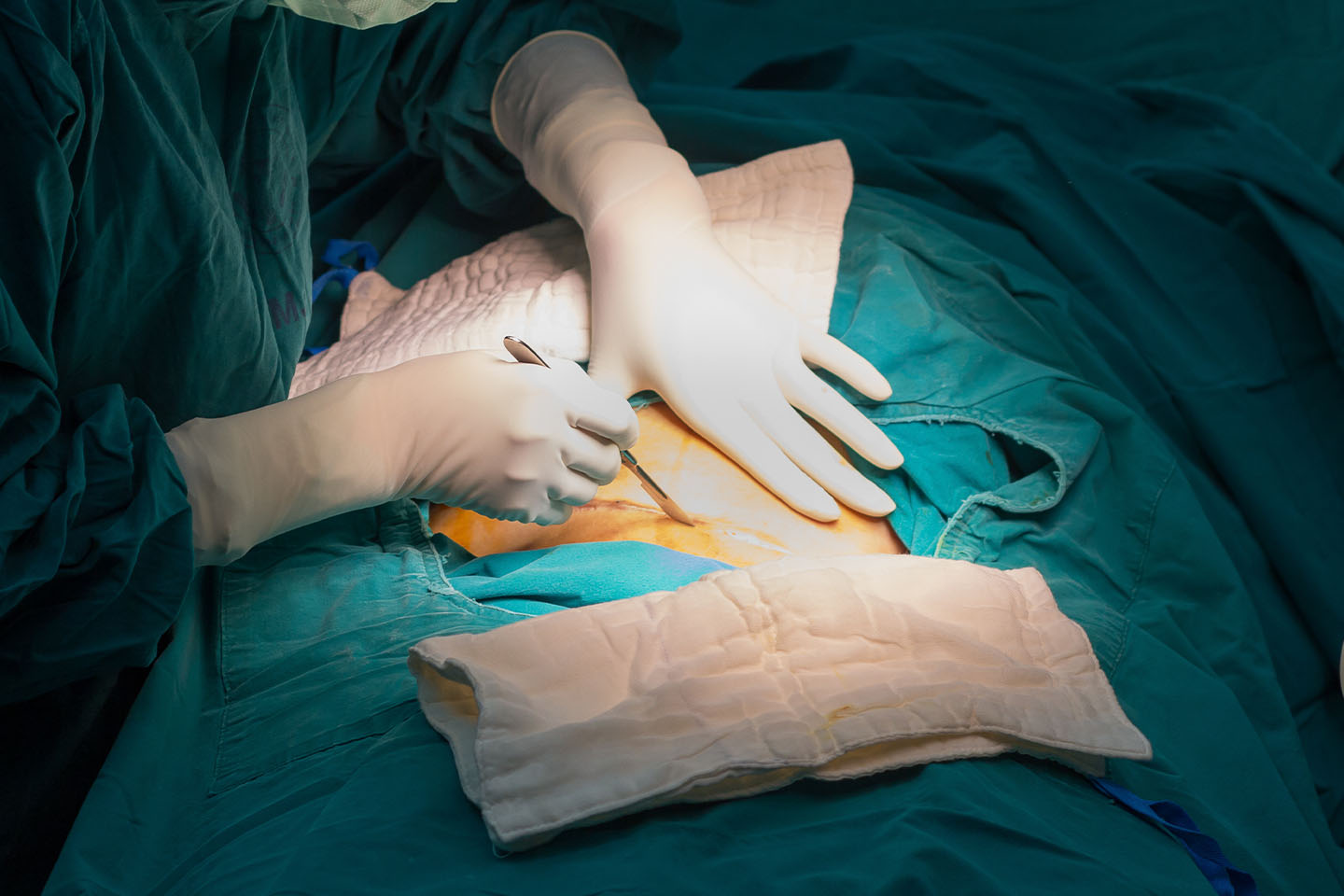
Discover details on the different types of c section which is a surgical procedure for delivering baby. Know more about the types of c section surgery at Meril Life.
Medical Devices
Revolutionizing treatment for Coronary Artery Diseases - A Boon of Bioresorbable Stents for Young Adults
October 25, 2023
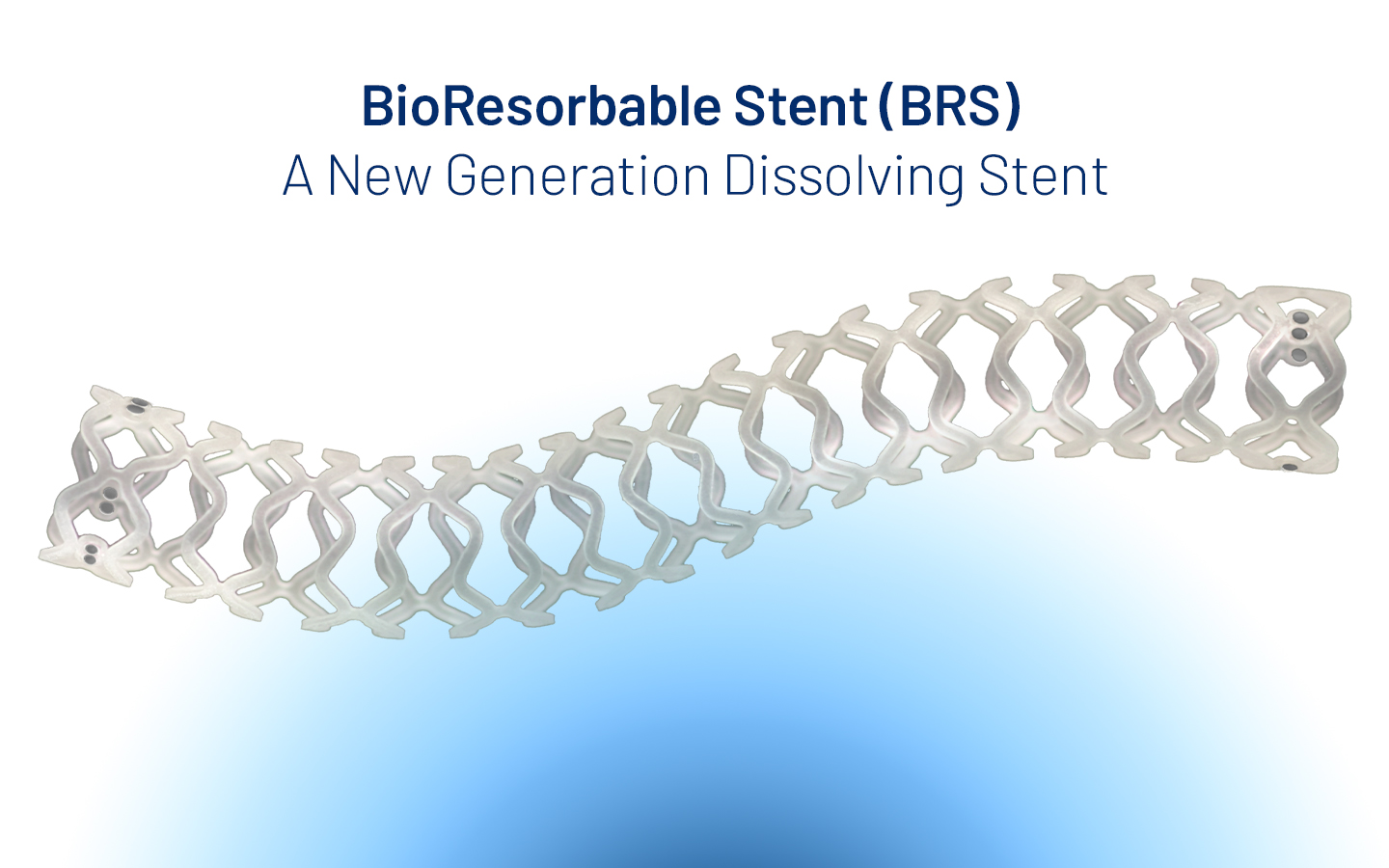
Bioresorbable Vascular Scaffolds - All you need to know about the benefits of BRS, the next generation stents. Read out the blog to know in detail!

